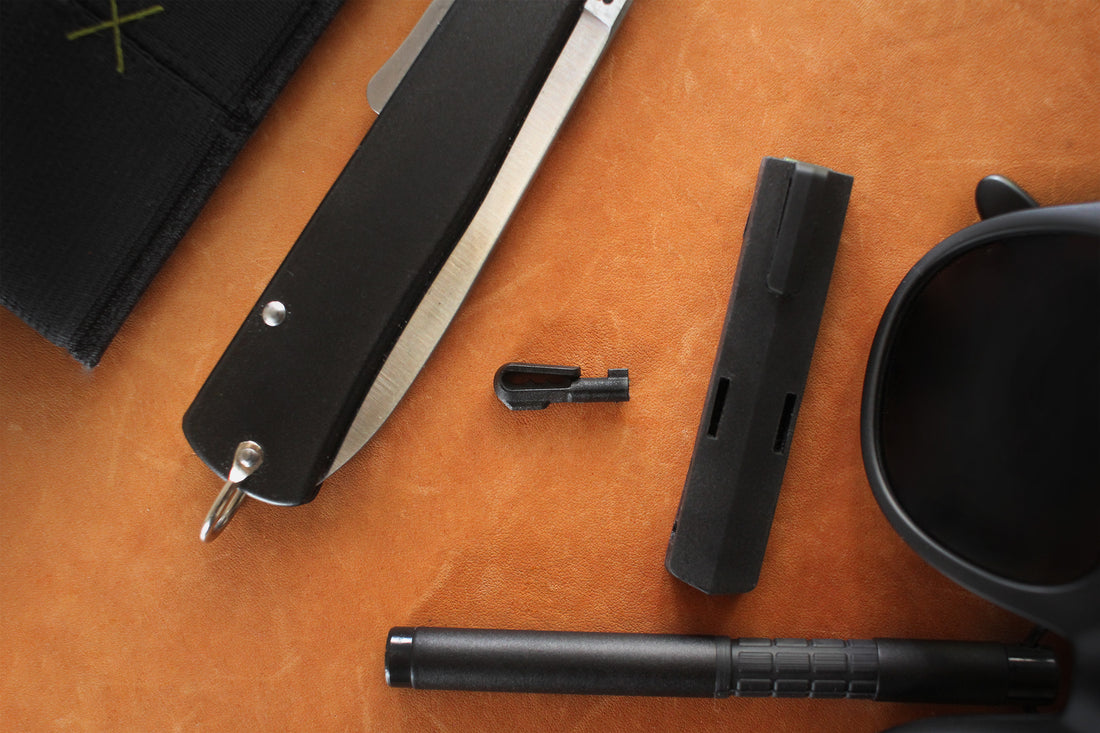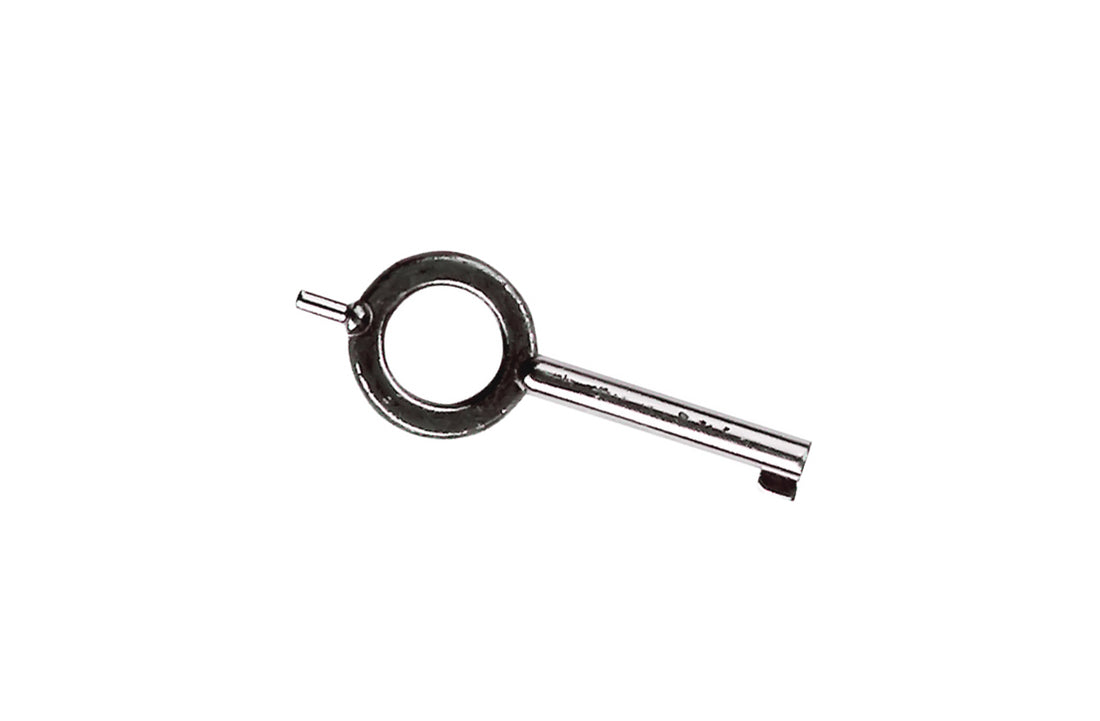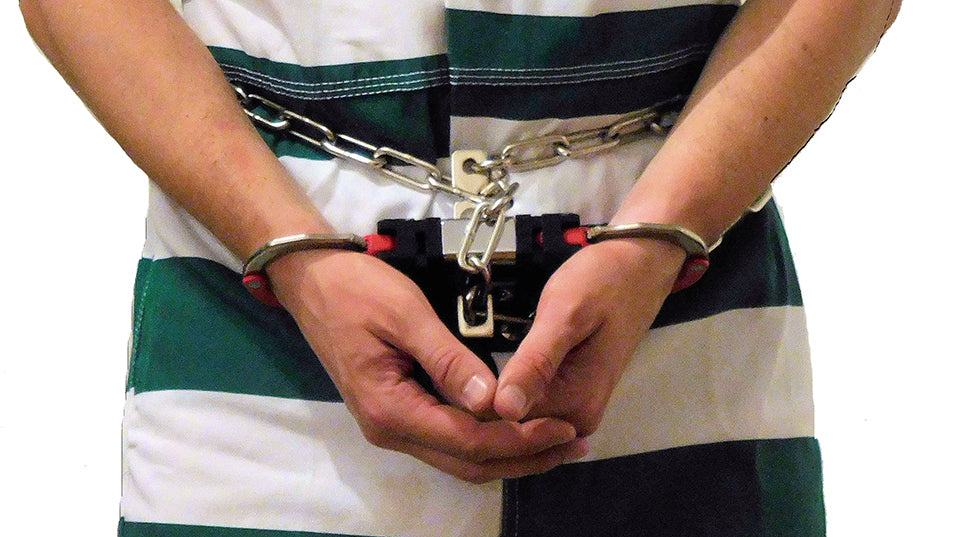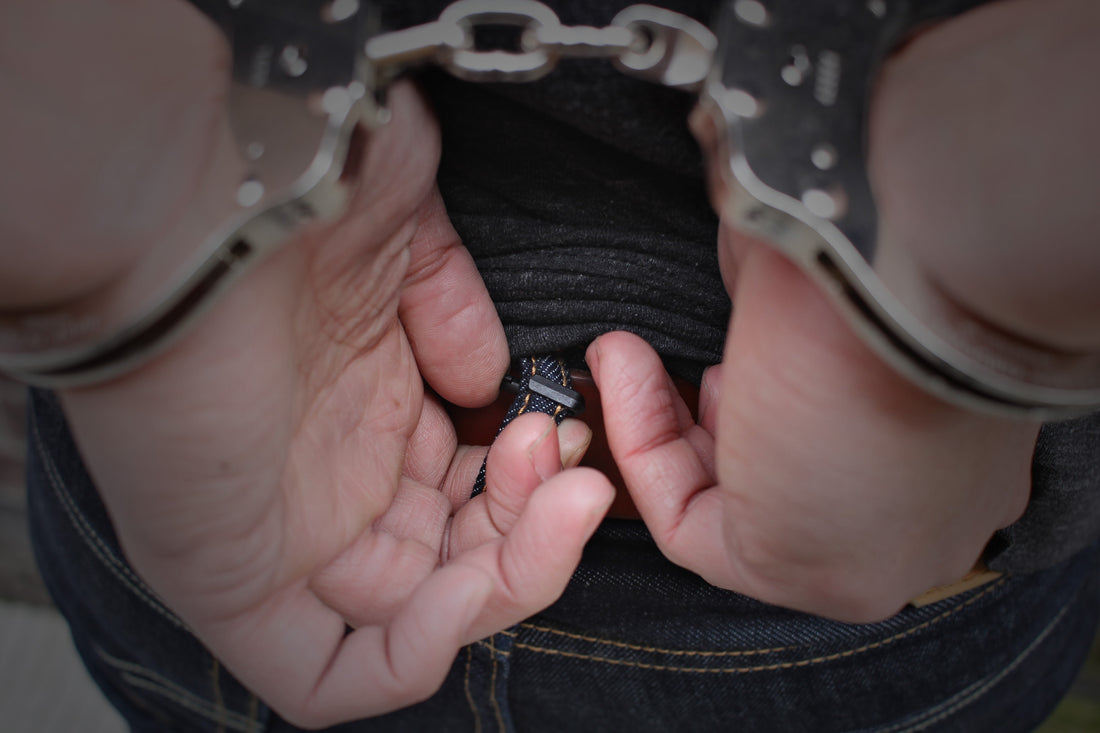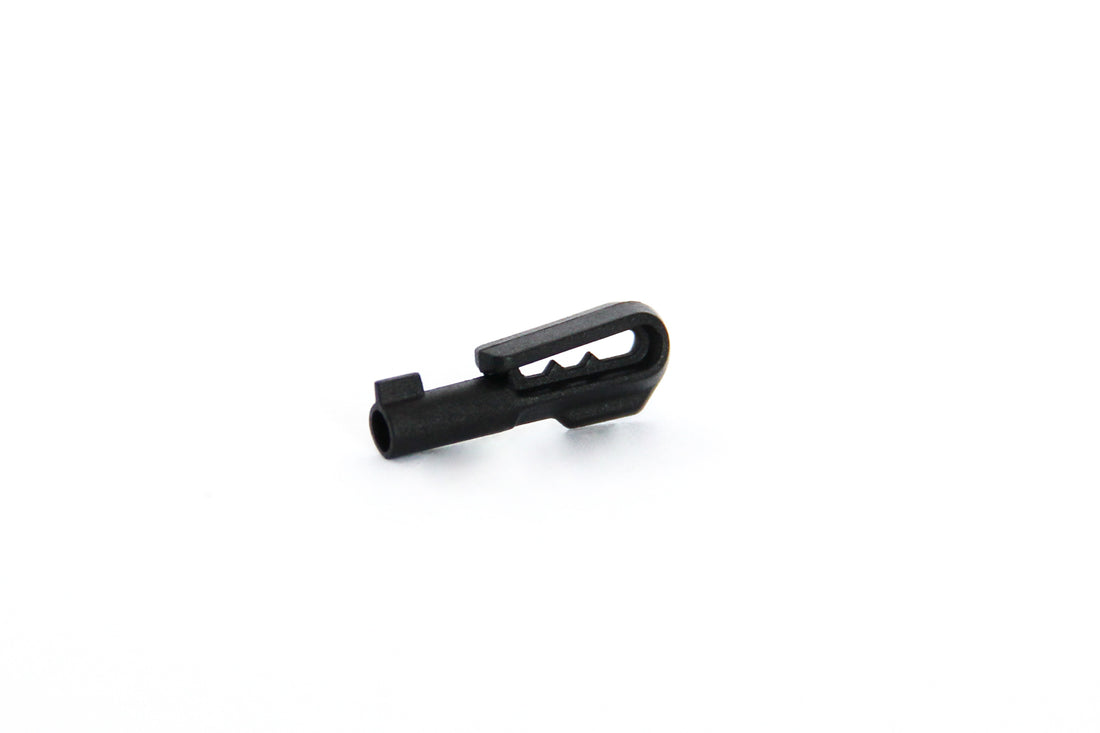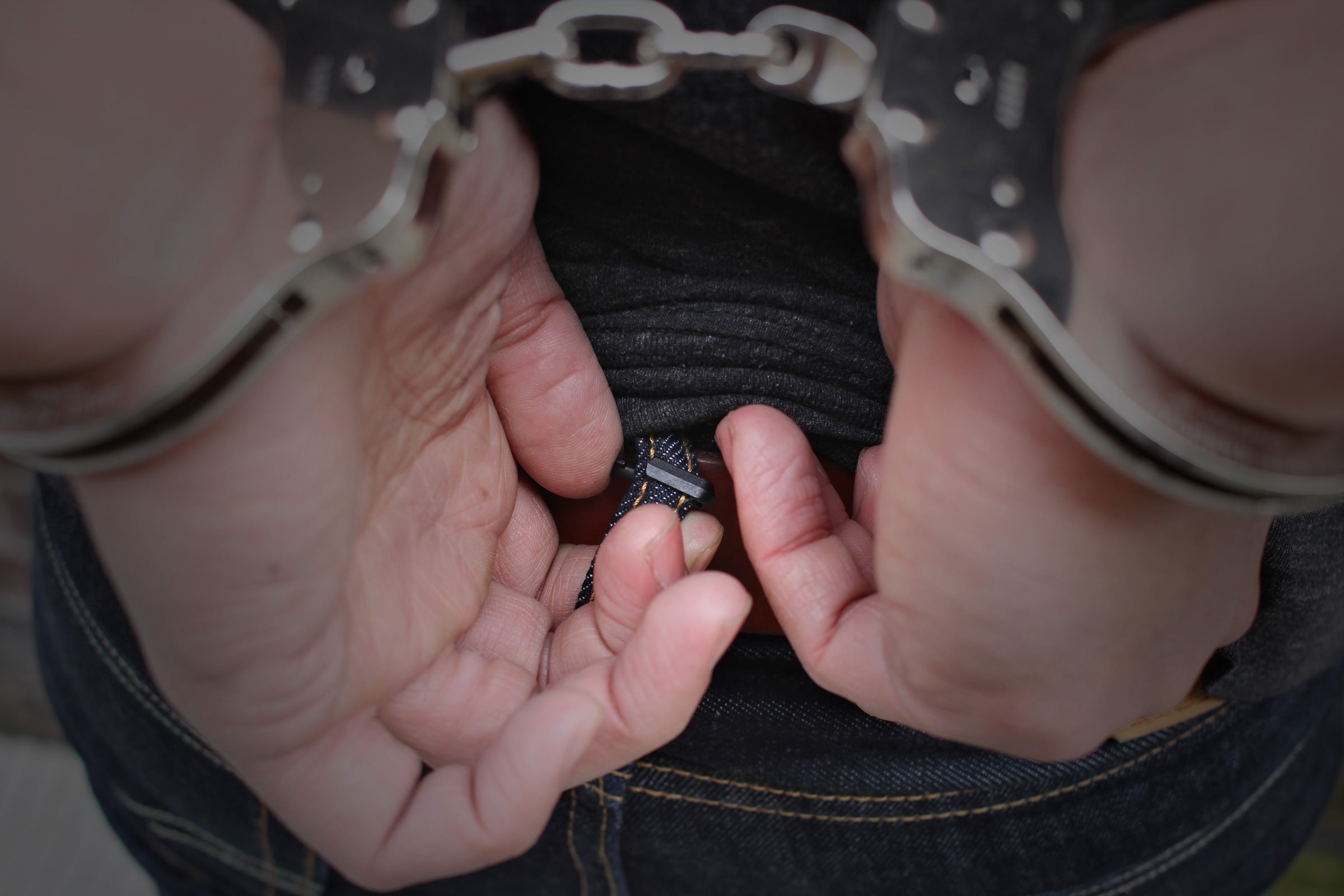Blog
What's the Point of a Plastic Handcuff Key?
What are the Benefits of Owning a Handcuff Key?
What Kinds of Handcuff Keys Are There?
Are All Handcuff Keys Universal?
How Do Handcuff Keys Work?
What is a Handcuff Key?
Don't Underestimate the Paracord Bracelet
Why Travelers Should Carry Handcuff Keys
Why Carry a Handcuff Key? Case Study #1

